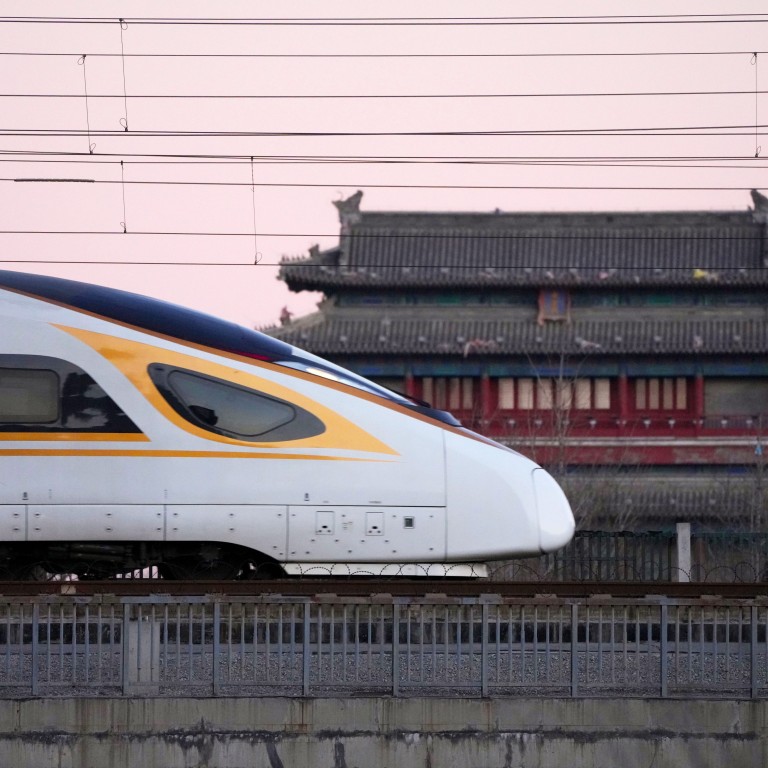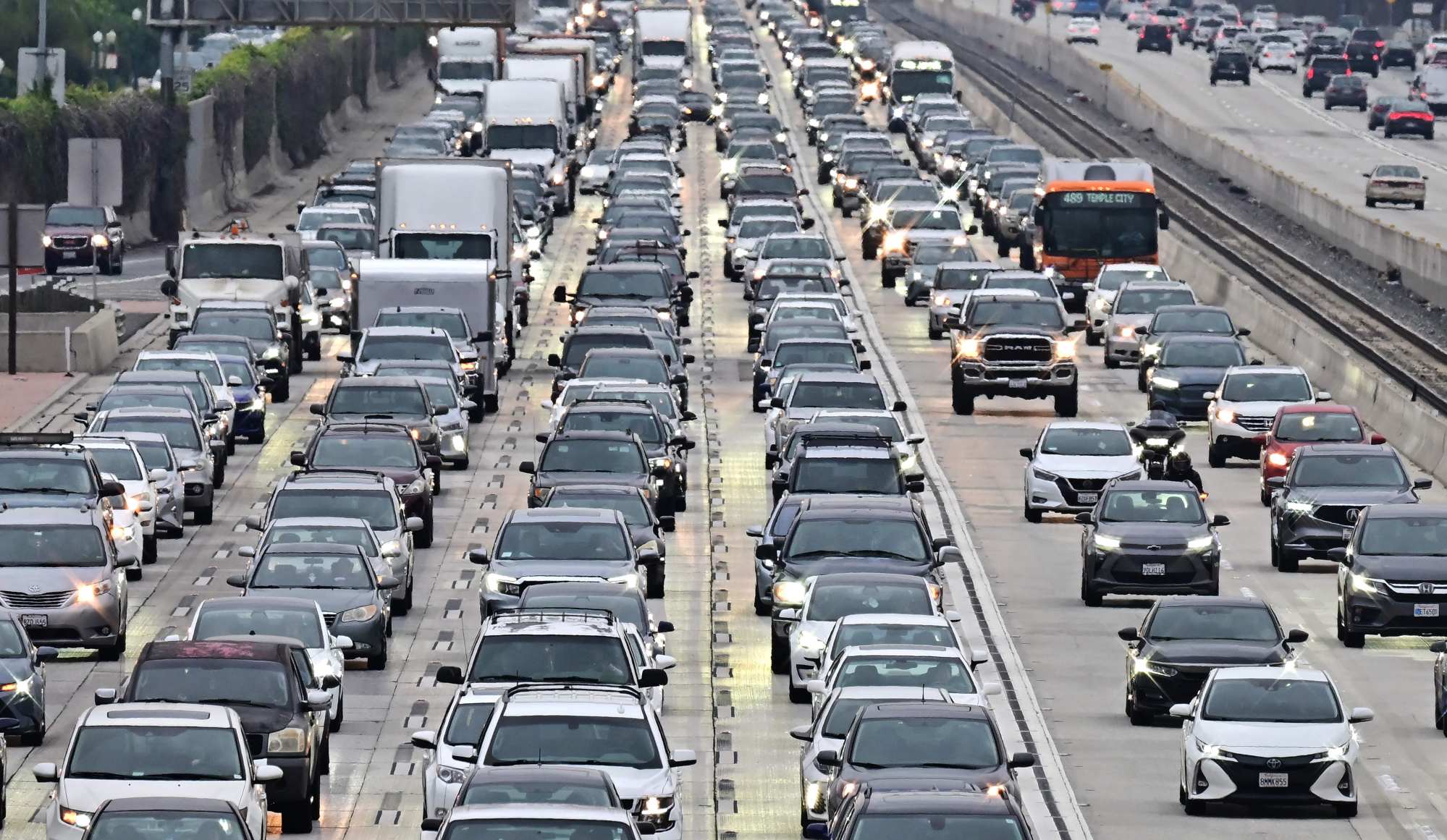
Why the US needs to go down China’s public transport route
- The convenient subway system in big cities like Shanghai and the country’s expansive rail network make car ownership unnecessary and exploring China easy
- Investment in public transport in the US would not only fuel the economy and create jobs, but help low-income communities, reduce emissions and revitalise urban areas
After spending an uninterrupted three-and-a-half years in China, this summer was my first opportunity to return home and visit family and friends in sunny south Florida. I sold my car before moving to China, so this was my first experience of being back home in the United States without my own automobile.
The absurdly priced Uber trips, poorly covered bus routes and the nuisance I caused my friends and family asking for rides made me wonder how anyone in the US can live without a car.
Additionally, accessible public transport connects low-income earners to employment centres, empowering them to secure jobs they previously could not reach. This inclusivity not only boosts individual livelihoods but also expands the overall labour force, fostering productivity and driving long-term economic growth.

Embracing a public transport system like China’s offers a sustainable solution that would help combat climate change and create a more beautiful environment. By adopting buses, subways and trains on a larger scale, the US can significantly reduce its carbon footprint, leading to cleaner air and a healthier planet for future generations.
Furthermore, public transport networks eliminate the need for vast car parks, allowing for urban revitalisation and the creation of green spaces. Transforming these concrete wastelands into parks, gardens and community hubs enhances the beauty and livability of our cities.
Moreover, prioritising public transport can lead to safer roads and a reduction in traffic-related accidents and fatalities. By promoting walking and active commuting to public transport stops, we can encourage physical activity, combat sedentary lifestyles and contribute to better public health outcomes.
In contrast, China has plans to spend US$1.8 trillion in 2023 on large infrastructure projects, including transport, the expansion of energy generation capabilities, and the creation of industrial parks, a 17 per cent increase from last year. Needless to say, Biden’s bill does not go far enough for an economy as large as the US.
Though its history, the US has had a pragmatic streak, being able to take great ideas from abroad and adapt them to its local conditions, such as the interstate highway system. If there is one thing the United States can learn from China, it is public transport.
Anthony William Donald Anastasi is an American PhD candidate at the School of Politics and International Relations at East China Normal University

